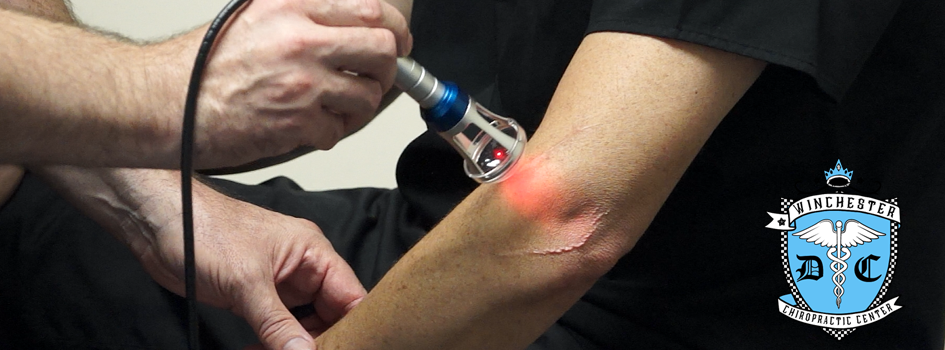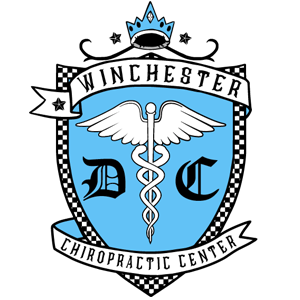What Is Laser Therapy?

Laser Therapy is the use of specific wavelengths of light (red and near infrared) to create therapeutic effects. These effects include improved healing time, pain reduction, increased circulation, and decreased swelling. Most lasers on the market today have a power range from 5 milliwatts–500milliwatts, making them a class III B cold laser. Our FDA approved LiteCure laser will emit a power range from 1,000 milliwatts -10,000 milliwatts making it a class IV laser and several times more powerful than most other therapeutic lasers.
Is It Safe and Are There Any Side Effects?
Laser Therapy is very safe and there are no known side effects. It is contraindicated, however, for patients who are taking light sensitive drugs or who are pregnant. We also do not perform Laser Therapy over an area that has been injected with steroids within 7 days. It is not to be used over the thyroid gland or in the eye. It cannot be used on patients with active forms of cancer.
What Types of Conditions Can Be Treated With Class IV Laser?
Neck pain
Low back pain
Disc herniations
Sciatica
Frozen shoulder
Rotator cuff injuries
Carpal tunnel syndrome
Knee pain
Tennis elbow
Tendonitis
Arthritis
Sprains and strains
Plantar fascitis
Neuropathy
Bursitis
Fibromyalgia
How Do Lasers Work?
The photons of laser light penetrate through your skin and are absorbed by special components in your body's cells called chromophores. Just as photosynthesis creates energy for plants, the absorption of the photons by your cells causes increased production of cellular energy. In areas of injury or damage, this means there is more energy available to improve the rate and quality of healing. This is called biostimulation.
The skin absorbs photons via a photo-chemical effect, not photo-thermal; therefore; it does not cause heat damage to the tissues. Once photons reach the cells of the body, they promote a cascade of cellular activities. It can ignite the production of enzymes, stimulate mitochondria, increase vasodilation and lymphatic drainage, synthesize ATP, and elevate collagen formation substances to prevent the formation of scar tissues. This is a critical step in reducing long-term disabling chronic myofascial pain syndromes and joint hypermobility.
For patients, that means relief from acute and chronic pain, reduced inflammation, and muscle spasms, improved range of motion and restored function. Patients suffering from headaches, neck pain, carpal tunnel, low back pain, sports injuries, post-surgical pain and more have been helped with laser therapy.
Decreased Pain
Laser Therapy has a highly beneficial effect on nerve cells which block pain transmitted by these cells to the brain and which decreases nerve sensitivity. Also, due to less inflammation, there is less pain.
Accelerated Tissue Repair and Cell Growth
Photons of light from lasers penetrate deeply into tissue and accelerate cellular reproduction and growth. The laser light increases the energy available to the cell so that the cell can take on nutrients faster and get rid of waste products. As a result of exposure to laser light, the cells of tendons, ligaments and muscles are repaired faster.
Faster Wound Healing
Laser light stimulates fibroblast development [fibroblasts are the building blocks of collagen, which is predominant in wound healing] in damaged tissue. Collagen is the essential protein required to replace old tissue or to repair tissue injuries.
Reduced Fibrous Tissue Formation
Laser Therapy reduces the formation of scar tissue following tissue damage from cuts, scratches, burns or surgery.
Anti-Inflammatory
Laser light therapy has anti-inflammatory properties as it causes both vasodilation and stimulation of the lymphatic drainage system to help reduce swelling.
Improved Vascular Activity
Laser light will significantly increase the formation of new capillaries in damaged tissue that speeds up the healing process, closes wounds quickly and reduces scar tissue.
Improved Nerve Function
Slow recovery of nerve functions in damaged tissue can result in numbness and impaired limbs. Laser light will speed up the process of nerve cell reconnection and increase the amplitude of action potentials to optimize muscle action.
Trigger Points
Laser therapy stimulates muscle trigger points on a non-invasive basis providing musculoskeletal pain relief.
No, Laser Therapy does not hurt. It actually feels quite good and there is a sense of warmth over the area that is being treated.

